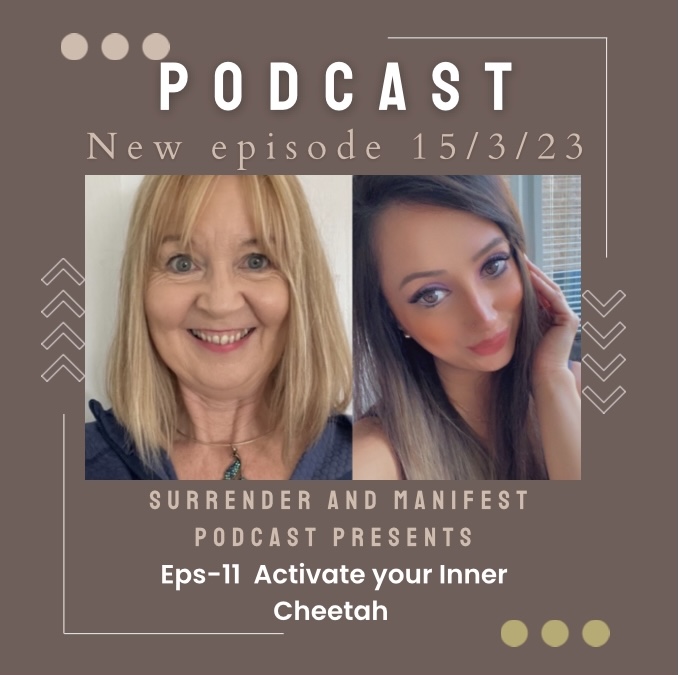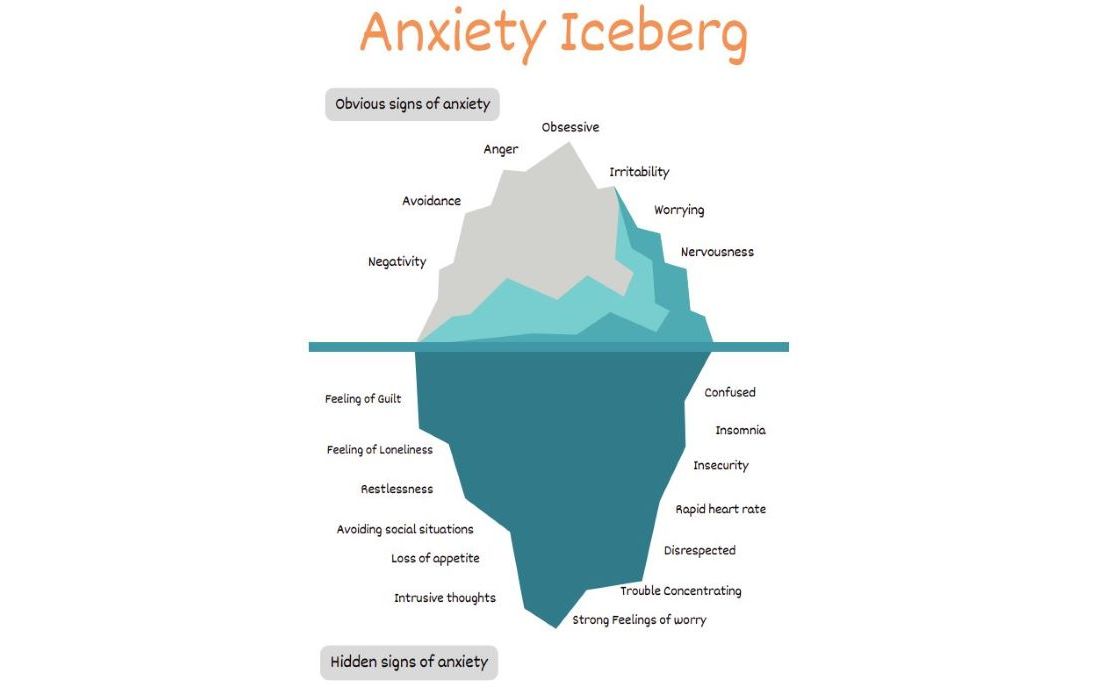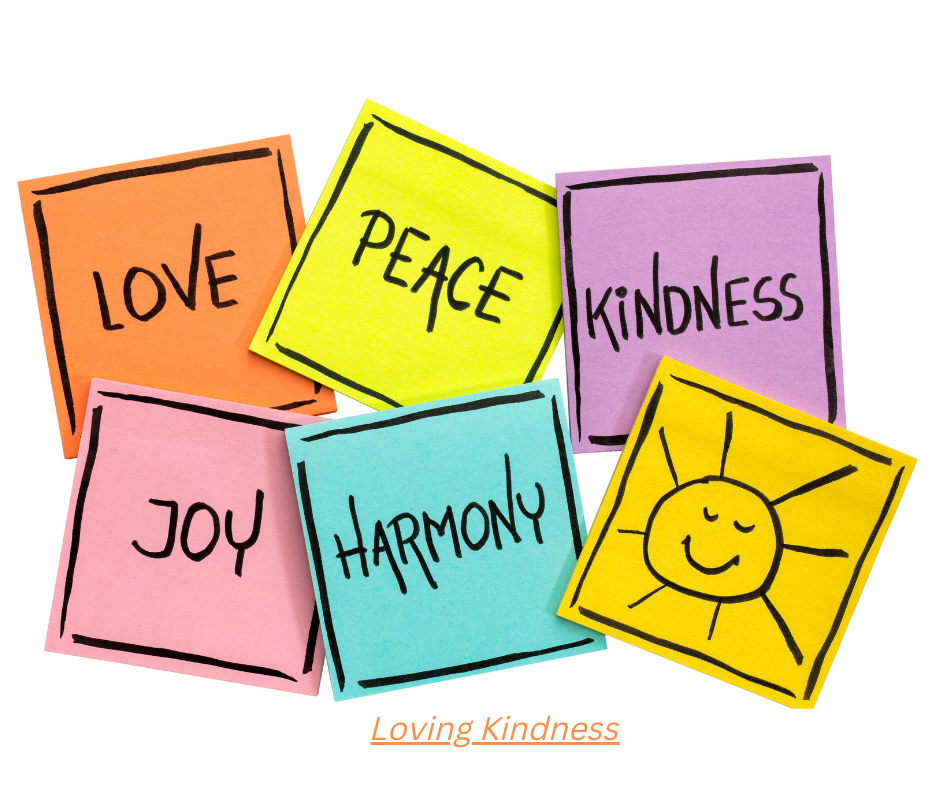Do you have a goal or a strong desire to change in some way? do you want to live life in the flow, feeling calm, organised and comfortable with clear focused thinking. Would you prefer to feel emotionally grounded and have all the confidence you need so that you can perform at your best, at work, in your relationships and enjoy life to the full?
Does that sound like your ideal self?
Would it excite you to think that you can achieve that goal? There may be doubts at this point but read on.
Think about where you are now and your current situation.
What is standing in your way of already being that person?
There are lots of reasons why someone goes around the loop of repeating the same old patterns again and again, and gets stuck somewhere on the way. That then becomes the norm.
It’s not about the problems you have faced up to now. It’s not about the people in your life; it’s not about your past or current circumstances.
- It’s about the programmes that are running in your brain;
- It’s about your mindset – your beliefs and attitudes;
- It’s about being able to identify the limiting beliefs you hold and the thinking patterns that keep you stuck;
- It’s about having a compelling reason to change and making a decision to move forward;
- It’s about having a vision that inspires you.
So how do you get from where you are now to where you want to be?
The desire to change has to be greater than the desire to stay the same.
When you decide to change for the better, you step onto “The Creative Growing Edge”. This is the edge of your current known space – the familiar comfort zone. From here you enter creative space and experience something new, a shift from the old familiar patterns of thinking and behaving to a more empowering mindset and action-set. At the same time, you remain connected to all that you know and all that you are, as you learn how to become more, and integrate the new ways of thinking and behaving into daily life.
Although the ‘creative growing edge’ is unknown territory, and you are there alone, it’s nice to know that lots of other people are on their own ‘creative growing edge’ too. It may feel uncomfortable at times, and this is when commitment helps you out. You see, from the ‘creative growing edge’ you are able to cross the river of change, from where you are now to where you want to be, but only if you are committed to taking the necessary action steps that will lead to success.
If you are merely dipping your toes in the river of change, you will do some reading, do some listening, do a bit of research, watch a few videos, and get a bit excited about starting something new. You might have some success. Then some obstacle comes along and you get side tracked, you get waylaid, you forget about change and slip back into the old ways. Every day is a new beginning – in fact, the point of power lies in the present moment.
“The best time to plant a tree was 20 years ago. The second best time is now.” – Chinese proverb
If you are committed, and you have a strong vision of what you want, you will put your heart and soul into it and you will commit 100% to investing your time in doing something that will lead to a successful outcome – a fulfilling, rewarding, enjoyable life that you can feel proud of.
It might seem like there is a great big gap between where you are now and where you want to be. Like having to jump from one side of the river to the other. On some days the river is calm and it’s easy to make progress, but on other days the currents try to pull you back. You just have to remain strong and tap into commitment again.
Would you be surprised to discover that you can bridge the gap and change your mind in one third of a second? That’s the time it takes for your brain to implement a new belief.
You see, the brain works faster than you think. It works at an incredible speed of around 200 miles per hour.
The brain initiates a response to any circumstance before you are consciously aware of what you are doing, saying or thinking.

It searches through the trillions of neural networks in a flash, and looks for a similar pattern from the past. When it finds one, it gives you the same feeling, thought, or reaction in a split second – something you are familiar with, something that you have felt, thought or responded to in the same way before. Even though you may not like it or it may not seem appropriate in the current situation, that’s the programme that’s running in the background.
“As you think, you change the structure of your brain.” – Dr. Caroline Leaf
All of this goes on in the subconscious part of the brain, the part of the brain below the level of conscious awareness. This is the place where beliefs and habits live. If your current beliefs and habits have kept you alive, they form part of your survival instinct.
The brain’s job is to keep you alive by doing, feeling and thinking the same patterns again and again. It works brilliantly, until you realise that some of the things you do, feel and think are no longer helpful and you want to change.
When you give your brain a new job to do it will do it’s best to help you. All you need to do is use your powerful imagination in a creative way, stay focused and committed, and implement small incremental habits every day. You make hundreds of choices every day – each small choice counts.
“Imagination is the beginning of creation. You imagine what you desire, you will what you imagine and at last you create what you will.” – George Bernard Shaw
When you are at the point when you are ready to cross the river of change, there are some things that will help you to take the first step.
- Identify a compelling reason to change.
- Lighten the load. Dump the mistakes and regrets from the past, they are heavy burdens that you have been carrying on your shoulders for too long. Bring forward the valuable lessons and knowledge you have learned and build upon them.
- Set yourself a goal that is possible, plausible and fair and think about what you will need to achieve it. It’s all about having a compelling reason to change, the right mindset, a positive attitude, an optimistic outlook and a willingness to take action every day.
- If you have physical, mental or emotional issues that are causing problems, get some help. Make it a priority to seek the help you need from a professional.
- Build a daily routine that includes all the practices for a healthy body and a healthy mind. Exercise, healthy food, and an empowering mindset. Meditation, affirmations, breath work and writing down your thoughts and feelings are all proven techniques that work on establishing new subconscious patterns that will help you along the way.
- Identify what motivates you, what drives you and what excites you. Connect to and align yourself with these drivers that give you the momentum and the passion to keep going, always remembering your compelling reason for change.
- Create a vision of “Future You”, who is already living a purposeful and fulfilling life, having achieved success. What would you have to believe in order to be living that happy life? Find one empowering belief that will help you to get going and start believing that you have what it takes to succeed. For example: “I am as good as anyone else.” “I have the right to be happy.” “It’s ok to feel uncomfortable when I am stepping out of my comfort zone”. “I can do this”. Or make one up that fits with you. Write it down and post it on the mirror, and other places around your home. Repeat it many times a day with meaning and intent.
- Look ahead and focus on where you want to go. Your physical eyes are at the front of your head for a reason. Imagine if you start today, where you will be in three months time? as long as you continue to do what it takes. What are the micro habits of successful you? What are you doing on a daily basis that you didn’t do before? Crate a winning strategy for success.
- Write down six amazing benefits that you want to show up in your life and spend some time every day imagining yourself having already achieved them. See yourself engaging in the habits and activities that have got you there.
- Choose to spend less time with people who bring you down or who gain from keeping you stuck in the same old grove. Make the switch to spend more time with people who uplift and support you in your desire to become a better version of yourself, so you can achieve the goals and wishes you set for yourself.
- Push yourself every day to step into the unknown, to experience the feelings that come from doing something different. Any nervousness may actually be excitement in disguise. Discomfort is only a message from your brain that you are stepping into unfamiliar territory. Remember, the brain likes familiarity and it will always try to pull you back to what’s familiar. If you get it wrong or make a mistake, that’s ok. Everyone gets it wrong sometimes, everyone makes mistakes. Just get up and carry on.
- Get comfortable with taking a leap of faith. Faith and worry work the same way in the brain, both are trusting in the unknown with a surety that something will happen. Faith puts a positive spin on things whereas worry puts a negative spin on it. If something doesn’t work out, take from it what you can and move on. Some people spend years getting comfortable with a big mistake, because they are afraid to step into the unknown.
- Think of one small thing you can do today that will help you to move forward, and do it now.
- Repeat these steps until you are doing what you need to without thinking, without worrying, without fear. Then, your brain will take over and make stepping into the unknown familiar, comfortable and easy. You will be working from the new belief that you can do it. An empowering mindset will be the default and your confidence will flourish; you will be well on your way to making your dreams come true.

If you need some help, get in touch for a free consultation.
Mary Bowmer – Heart Focused, Positive Mind, Positive Brain Therapist.












